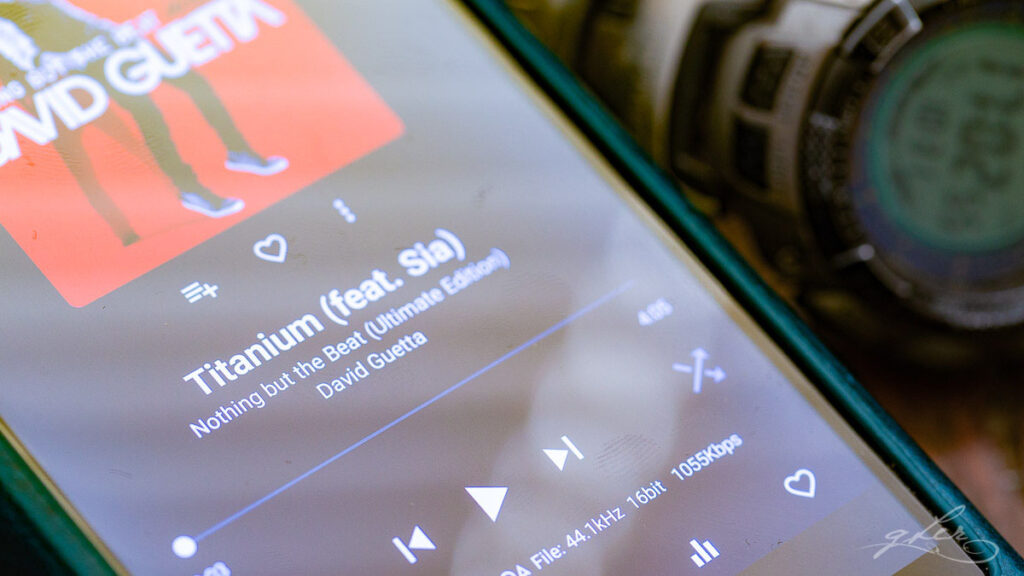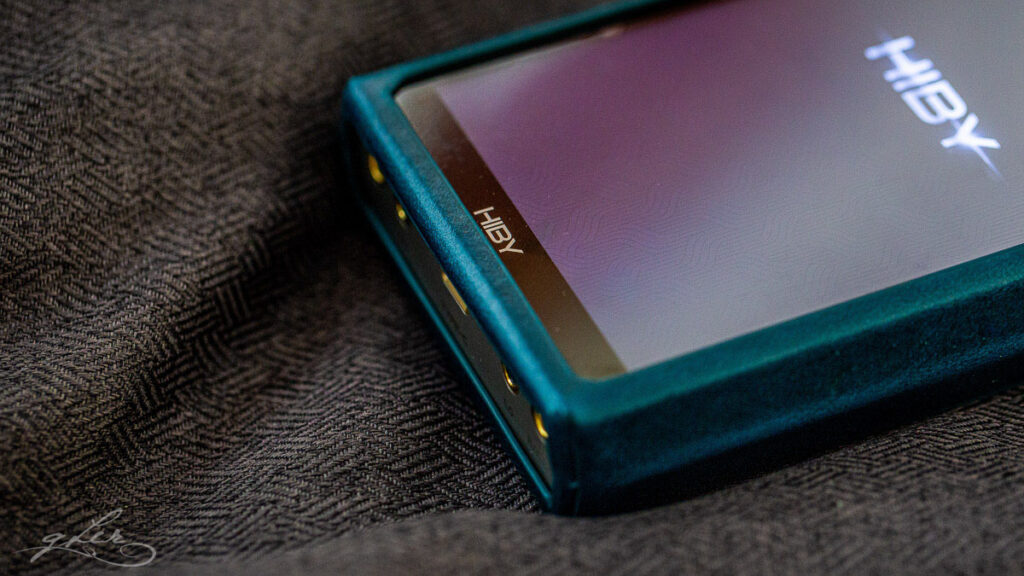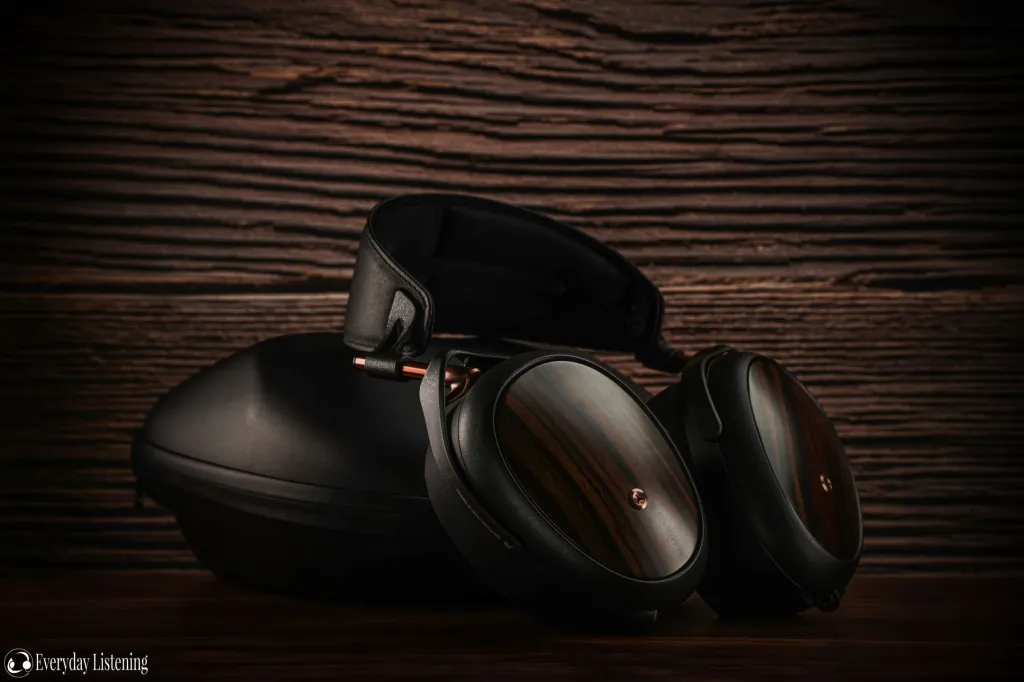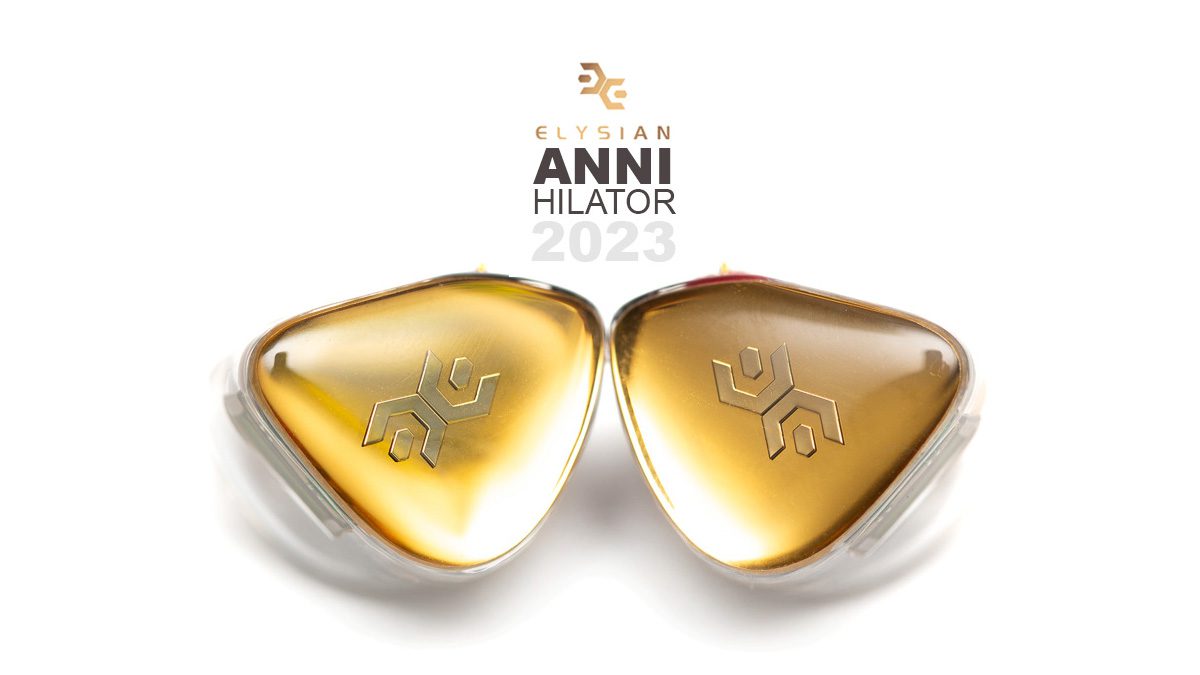I would like to thank HiBy for giving me early access to RS8 so I can fully prepare for this review ahead of its international launch. The views and opinions expressed in this review are entirely my own, and I have received no guidance or requests from HiBy whatsoever.
Introducing RS8
It’s been more than two years since HiBy released its first 8-series flagship DAP, R8. A year later, the Dongguan-based company announced its first foray into a whole new lineup of DAPs, based on a proprietary R2R technology architecture called Darwin, with RS6.
Today, as the sun is about to set on what’s been a very long and challenging year for many, the evolution of flagship and Darwin is here. RS8 is the culmination of many different design elements and technologies, some new, some appreciably improved. It’s the world’s first open Android R2R flagship DAP, and brings with it several other ‘firsts’, which I’ll cover below.
Where R8 impressed with its speed and functionality, and RS6 impressed with a fully-realised and mature R2R sound on a fast, modern platform, RS8 does all of that and more, matching and in some ways exceeding the sound performance of the very best music players available, while further pushing the envelope for Android DAP functionality.
It also adds a luxurious titanium shell that gives RS8 a premium look and feel to go with its premium features, adorned with genuine leather accessories that extend the premium theme beyond the player itself.
Of course, as with all things tech – and audio tech in particular – expectations are high, and the bar keeps rising every year. At $3,300, RS8 is HiBy’s most ambitiously-priced DAP, which, for a company whose flagships haven’t traditionally performed at the same level as other (albeit much higher-priced) flagships, is quite a big step. Does it do enough to justify the cost?
That’s just one of the questions I’ll be tackling in this review, so grab a cup of coffee and make yourself comfortable as I unwrap what promises to be one of the most interesting and innovative audio products of the year.

What’s new?
Since RS8 isn’t exactly a like-for-like update of an existing HiBy DAP, it’s probably not fair to compare it to what came before. However, since RS8 is based on the design language and form factor of the R8, and represents the next-generation of Darwin that debuted in RS6, it’s worth taking a look at what’s new and what’s changed now that RS8 is finally here.
Pure titanium frame
The most notable departure from R8 and RS6 is RS8’s monocoque titanium frame (don’t worry, I also had to Google ‘monocoque’). That means the entire frame is made up from a single milled block of titanium, supporting the entire weight of the internal components without any additional bracing or reinforcement. It can do this because titanium has the highest strength-to-weight ratio of any known metals, with the same strength as steel in a frame that’s 30% to 45% lighter.
RS8’s frame passes through six CNC stages with 17 different processes, and each individual chassis takes 19 hours of labour and polishing to complete. This partly explains why titanium is such an expensive construction material and is generally only found in premium products: up to 50% of the cost of titanium production comes from machining (the other half from sourcing the raw material, which is itself a relatively rare earth element).
Slide your fingers across the DAP’s metal surface and you’ll feel the difference in build quality and precision compared to R8’s much cheaper and lighter aluminum frame and even RS6’s anodised solid copper chassis. Turn the DAP over and you’ll be greeted with one of the most visually striking back plates I’ve seen on a DAP, etched to perfection with a classy angular pattern that almost looks three-dimensional in the light.
A word of caution, however: just because titanium is a light metal doesn’t mean RS8 is light. It weighs in at a hefty 590g, more than 120g heavier than either R8 or RS6, although it feels evenly balanced in hand, and most of the weight is due to the high-grade internal components and solid copper battery enclosure.
Helpful hint: titanium is very strong but softer than steel. I caution against leaving RS8 on a hard uneven surface or carrying it around without the leather case. Any scratches will oxidise (titanium reacts with oxygen when damaged) and darken, spoiling the polished appearance.
Also, oily hands will leave marks on the matte titanium surface, so gently wipe it down with a colourfast lint-free cloth to remove any marks or blemishes. Better yet, use the spare screen protector (see Packaging and accessories below) to cover and protect the back plate, which is otherwise left exposed by the open-backed leather case.

Darwin II
Darwin is HiBy’s in-house-developed digital signal processing architecture. At its core is a discrete resistor ladder (R/2R) DAC, made up of dozens of precision resistors rather than a traditional chip-based Delta Sigma digital to analogue converter.
Helpful hint: What is R2R, and why should you care? Here’s a primer: https://sw1xad.co.uk/delta-sigma-vs-nos-r2r-dac-designs
Darwin improves on traditional R2R architecture by adding advanced functions such as a linear FIR filter, nonlinear harmonics controls, switchable oversampling/non-oversampling (NOS) modes, and DSD bypass, all in service of optimising this otherwise cumbersome digital conversion architecture for portable equipment.
Unlike the first iteration of Darwin found in RS6 (and RS2), Darwin II doubles the amount of resistors and high-speed electronic switches, from 92 and 6 in Darwin to 184 and 12 in Darwin II. According to HiBy, this effectively increases dynamic performance and fidelity at low signal levels by up to 15dB. RS8 also adds a new DC offset correction circuit for a fully DC-coupled output stage, further improving impulse response.
With the additional computing power built-in to Darwin II, it becomes the world’s first portable player to support ultra-high-res sample rates, up to DSD 1024 and PCM 1536 (not that you’re likely to find files with these sample rates, but if you do, RS8 will be able to play them).

Class A amplification
This one might be slightly controversial, considering the audible difference between the switchable Class AB and Class A amplification modes is, to my ears at least, very minimal. But nonetheless, RS8 introduces a dedicated Class A mode that, theoretically, reduces distortion and adds more fullness, clarity and power to the sound using two dedicated OP1652 professional-grade op-amps and eight NXP dual bipolar transistors.
12,000mAh battery
R8 debuted what was, at the time, the largest battery capacity in a portable DAP (10,000mAh, 38 watt hour). RS8 break that record with the world’s first 12,000mAh, 46.44 watt hour custom lithium polymer DAP battery.
While that’s an impressive number for sure, in practice it means two things: improved battery life, and more heat. In my testing so far, an average use case of playing a mix of lossless hi-res flac and DSD files using the 4.4mm balanced output with 50% screen-on time in Class AB mode (Turbo off) results in just over 19 hours battery life. That’s a full 7 hours more than the same playback test on R8, and an incredible 10 hours more than RS6.
This is the most impressive relative battery performance of any DAP I’ve tested to date, considering the power output of RS8. There are other DAPs, like HiBy’s own R5 Gen 2 and Sony’s WM1-series Walkmans, that boast even longer battery life, but those are comparatively low-power players. That said, enabling Class A and Turbo mode markedly shortens battery life, but even then, RS8 will outlast both R8 and RS6 in their ‘normal’ modes.
The downside to all this stamina is the extra heat generated by the larger battery (and three independent power supplies). To that end, HiBy created a fully-enclosed solid copper battery container that acts as an internal heat-sink, and reduces heat through conduction via the back plate by almost 50%. While this adds to RS8’s bulk, it greatly reduces any heat-related performance issues, and the DAP only really gets warm after several hours of playback in Class A Turbo mode.
Helpful hint: RS8 supports PD 2.0 (USB-C) charging, but doesn’t include a charger in the box (only a cable), so I recommend buying a high-quality GAN charger from the likes of Anker or Ugreen for fast-charging safely. Also, set charge limit to 80% or 90% in Settings, and keep RS8 on (but not playing) while charging, to maximise battery health (RS8 needs to be powered for the software charging limit to take effect).

More speed and storage
As with any next-generation product, RS8 has had its own bump in processor and memory specs, sporting a faster SnapDragon 665 SoC, 8GB RAM (up from 4GB in the R8 and RS6), and 256GB internal storage (up from 64GB in the R8 and RS6). The latest shipping version of R8 has 6GB RAM and 128GB storage, so RS8 is still a notable upgrade.
In theory, more RAM and a faster SoC should contribute to smoother, snappier operation, and allow multiple larger apps to run concurrently. In practice, the specs are just a small tick upward, and if anything, the also-updated Android platform will actually put added strain on performance, so expect RS8 to perform about as well as the previous-generation DAPs, which is to say, still near the top of the Android DAP speed charts.
Android 12
RS8 is the world’s first DAP with open Android 12. While technically not the latest Android OS (Android 13 was released this year), it’s a big jump over previous HiBy DAPs, most of which were still using Android 9 last year.
The more modern OS means less app redundancy in the next three to five years, and the introduction of some new built-in features, like a screen recorder and easier navigation gestures. It also means a new platform for HiBy to optimise, and at the time of writing there are still some file access and list scrolling lags that need to be sorted out, but I have it on good authority that HiBy has committed to future firmware updates as they continue to refine the software features on RS8.
Continue to packaging and accessories…




One Response
Redefines the term “fully comprehensive” when it comes to gear reviews!
Quite outstanding (again) in every respect.